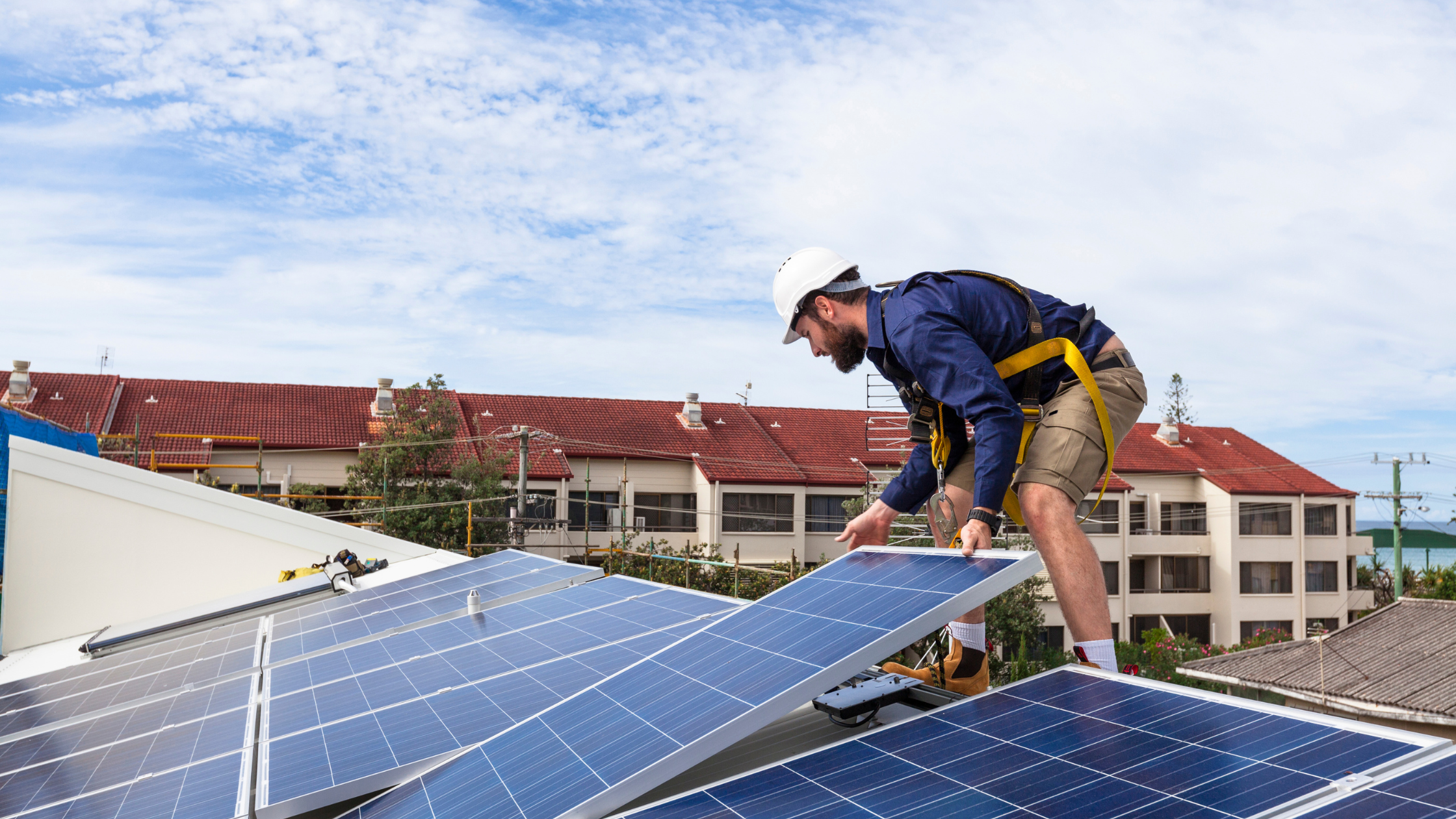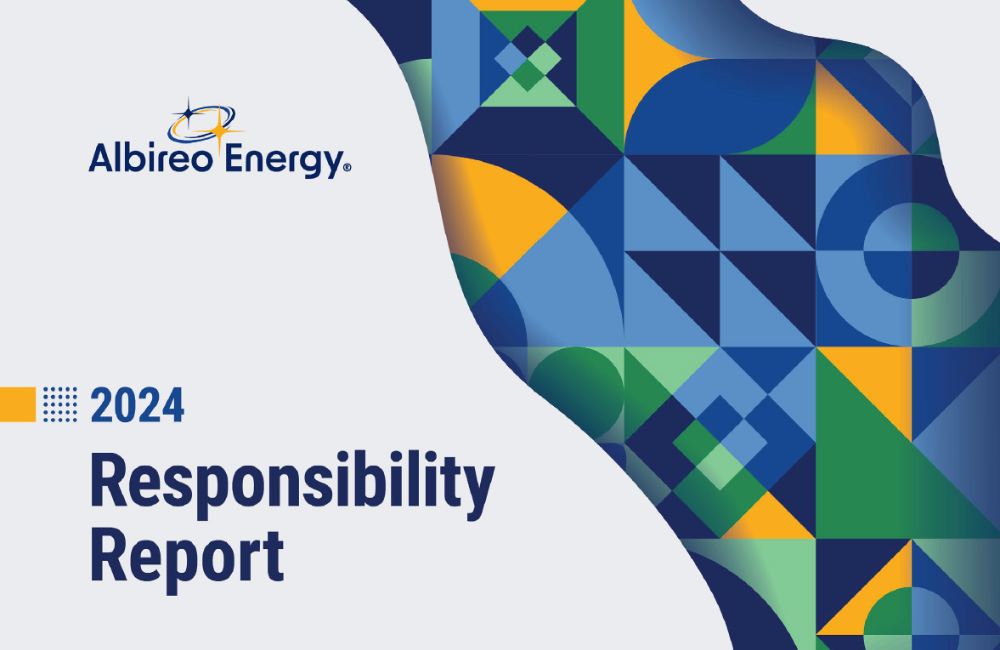Solar batteries are an important component in the drive toward zero carbon. By combining solar panels and on-site batteries, it is possible to reduce the energy drawn from the grid drastically. The most obvious benefit is savings over fluctuations in utility rates.
Utility “demands charges” can be mitigated by using stored solar power during the facilities peak demand periods. By tapping into your stored electricity, you reduce your max peak load and therefore your demand charges will be lower.
Load shifting strategies can be applied to level out consumption spikes. Performing energy intensive operations at the cheapest times or when solar power is the most abundant will lower costs. Using stored energy when grid prices are the highest can also create substantial savings.
On-site batteries reliable backup power so that during grid outages, you can be fully operational. Essential services, such as medical facilities, use battery storage to ensure that they have continuous, life-saving power.
How it works
The solar batteries store electricity that comes from the excess produced from your solar panels or from the utility grid. During daylight hours, your business runs on the electricity produced by your solar panels and any excess is stored in the batteries. At night or on overcast days, your business can draw electricity from the batteries. You could only need to buy electricity from the grid when your solar panels are not producing enough, and your batteries are 100% empty.
Batteries are generally stationary installations and can be located at a convenient spot. Another possible storage solution is electric vehicles, since each vehicle comes with a built-in battery that can store and discharge electricity on command. Properly managed, a fleet of EVs can be used as a storage solution.
Decarbonization
Solar batteries on-site are part of the strategy to reduce your carbon footprint since they store the energy produced from clean solar energy. With a large enough solar installation and battery storage capacity, it is possible to be energy independent and not need to draw any energy from the grid.
To be fully responsible and environmentally conscious, managing the lifecycle of the solar panel and storage units is as important as using clean energy. Crystalline-silicon solar panels are constructed of aluminum for the frame, glass copper wire, polymer layers and backsheet, silicon solar cells and a plastic junction box. Most of these materials are recyclable. Other components like inverters, racking and the battery storage units are also recyclable. The EPA publishes a fact sheet on how to choose a responsible recycler. Recycling saves valuable resources and energy. A responsible recycler will provide solutions that will be compliant with government regulations, while optimizing value recovery from end-of-life equipment.
Availability
As the industry develops, knowledgable and experienced installers and service technicians are becoming available to ensure your system runs smoothly. In the past, if a battery unit malfunctioned, it was often replaced because it was difficult to find a service provider with the knowledge to repair the unit. Replacement was expensive and a deterrent to invest in battery storage, but technology is advancing in this sector and batteries are becoming viable economic solutions.
Solar providers are offering combined systems, with engineers on staff to calculate the energy load requirements of the facility and site suitability for the weight of the batteries. When carefully planned, a combined system can increase the resilience of a facility.
Financing
To purchase and install solar batteries can be costly, but there are many government and utility incentive programs that exist to help cover some of the cost of a new installation. When the system is connected to the grid, net metering is used to allow the excess electricity that is produced to be quantified and credited on the utility bill. Credits can be used during times when consumption is higher than production.
Many states create Solar Renewable Energy Certificates (SREC) to incentivize the development of solar installations. A solar producer can receive an SREC for each megawatt-hour of electricity that they generate. The SREC can later be sold in the state SREC market.
When you purchase the solar system, you can take advantage of tax credits. Some states offer sales tax exemption on the full purchase price and property tax exemption on the added value solar adds to your home. There are federal solar incentives that can reduce the cost of your system by 26%. The federal solar tax credit allows you to deduct 25% of the cost of installing from your federal taxes. The credit rolls over so that you can use it in multiple years.
Many leaders offer solar loans with low fixed rates and flexible terms. Banks, utility companies and manufacturers offer loans, often with zero money down and financing 100% of the cost. Since you start saving on the utility bill right away, you have an immediate return on investment.
Conclusion
The financial benefits of going solar are clear and with a knowledgable energy consultant, will be worth the investment. The benefits to your brand may not be measurable in dollars, but consumers are consistently choosing brands that are green. With new technology developing daily, now is the time to have the conversation with your energy consultant on what type of solar system would ser the needs of your business.







